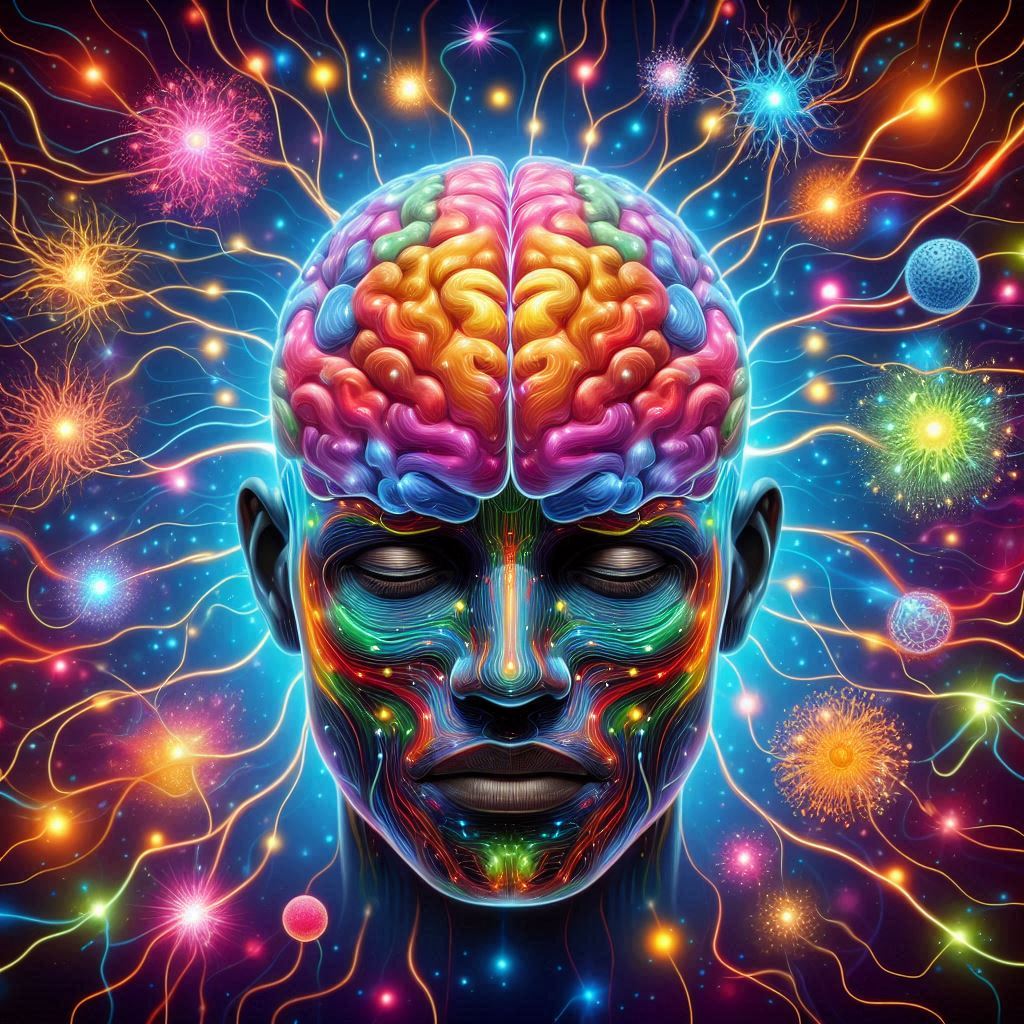Introducing The Brain – Frequently Asked Questions About Your Grey Matter

How much do you know about the brain? For example, do you know that it’s not completely solid matter but actually about 20% water and blood? Let’s look at some commonly asked questions about the brain and how it works.
What Is The Brain Anyway?
 No, it’s not a muscle. The brain is really nothing more than a pile of cells all mashed up together. It consists of neurons, also known as “nerve cells.” They’re all put together in one place and here they serve to regulate and control everything the body does. In the case of humans, the brain consists of billions of these cells. Some forms of life have just a few.
No, it’s not a muscle. The brain is really nothing more than a pile of cells all mashed up together. It consists of neurons, also known as “nerve cells.” They’re all put together in one place and here they serve to regulate and control everything the body does. In the case of humans, the brain consists of billions of these cells. Some forms of life have just a few.
Does The Brain Need Exercise?
Yes, it does! You can improve both short-term and long-term memory, increase your thinking speed, boost your creativity and mental flexibility, and stave off degenerative diseases by getting some exercise for your grey matter. Too much repetition, stress, anxiety, and reality TV shows actually keep your brain from working at optimal levels (note: Okay, “reality TV shows” was a joke, but recent evidence shows that too much TV can impair your thinking).
What Part Of The Brain Is Involved In Learning?
The truth is that almost every part is involved. New technologies like CT Scan and MRI now allow researchers to see which parts of the brain are stimulated during the process of learning, and they show that there’s activity everywhere. In fact, when you learn you actually make physical changes in the brain by building new neural pathways.
Is All Of That Stuff True About Left Versus Right Brains?
Well, not exactly. There isn’t really a whole lot of scientific evidence to suggest that some people are left-brained or right-brained. Some studies have shown that logical activities cause more stimulation in the left brain, or creativity shows more stimulation in the right brain. But it’s still a popular and easy way to explain personality differences.
How Is The Brain In Humans Different Than That Of Animals?
First of all, the brain of a human being is much bigger. Most mammals have much smaller brains, although there are a few exceptions in the primate world. The brain contains an inner part with an outer part wrapped around it. The inner part is much the same in humans and animals – it contains the processing of primitive emotions like fear and anger, involuntary functions like heart rate and temperature, and other simple functions. The main difference with humans is that the cerebral cortex is bigger. This area deals with more abstract thinking tasks such as language.
The brain is a fascinating part of the body. In fact, no other part of the body is researched so much but so little understood. Modern technology makes the study of the brain much easier and more revealing today than ever before, but we still have a long way to go before we truly understand how the brain works.



